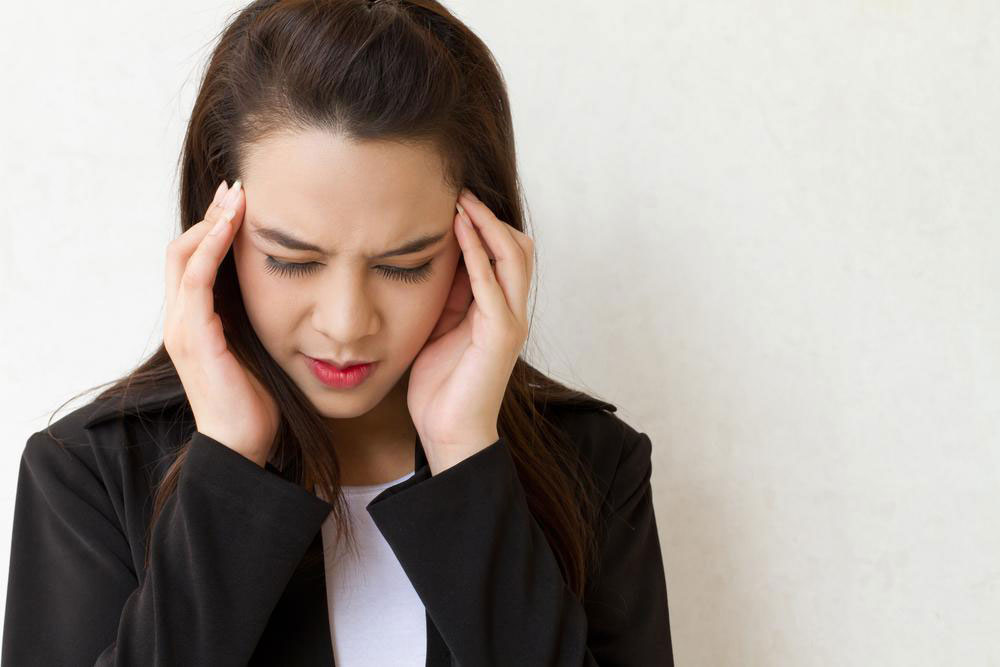Comprehensive Guide to Vertigo: Causes, Symptoms, and Effective Treatment Strategies
This comprehensive guide explores vertigo, detailing its types, causes, symptoms, and modern treatment options. Learn effective therapies, home remedies, and management strategies to restore balance and improve quality of life. Whether experiencing mild or severe episodes, understanding vertigo is key to seeking appropriate care and relief.

Comprehensive Guide to Vertigo: Causes, Symptoms, and Effective Treatment Strategies
Vertigo is a common health condition characterized by the persistent sensation that either the environment or the individual is spinning or rotating. This unsettling feeling can range from mild episodes to severe episodes that impair daily functioning. People experiencing vertigo often describe it as a spinning sensation, similar to the feeling of being on a rolling boat or carousel. It's important to understand that vertigo is a symptom rather than a standalone disease, and it often indicates an underlying health issue needing diagnosis and management.
Vertigo can significantly affect quality of life, causing discomfort, balance problems, and sometimes even leading to falls or injuries. Though most commonly linked to problems within the inner ear, vertigo can also originate from neurological conditions, vision problems, or other systemic health issues. Accurate recognition of its causes, symptoms, and available treatment options is essential to manage and alleviate this condition effectively.
Types and Underlying Causes of Vertigo
Vertigo manifests primarily in two forms: peripheral and central. Peripheral vertigo accounts for the majority of cases and involves issues within the inner ear mechanisms responsible for maintaining equilibrium. Central vertigo originates from problems within the brain, especially in regions controlling balance and spatial orientation.
The most common type of peripheral vertigo is benign paroxysmal positional vertigo (BPPV). BPPV occurs when small Calcium carbonate crystals, known as canaliths, detach within the inner ear's semicircular canals and disrupt normal vestibular function when the head moves suddenly or into certain positions.
Inner ear inflammations, such as labyrinthitis and vestibular neuritis, are often caused by viral or bacterial infections, with herpes simplex virus and influenza being common culprits. These infections result in inflammation within the labyrinth or vestibular nerve, impairing balance signals.
Other causes include structural tumors like acoustic neuromas, head trauma from accidents, migraines, and neurological disorders affecting the brainstem or cerebellum. Additionally, hormonal fluctuations during pregnancy, low blood pressure, anxiety disorders, travel-related motions, and changes in altitude can all trigger or exacerbate vertigo.
Recognizing the Symptoms of Vertigo
The hallmark of vertigo is a spinning or whirling sensation that typically worsens with head movements. Patients might feel that the room or their surroundings are spinning, swaying, or tilting. Common associated symptoms include dizziness, imbalance, and difficulty walking safely.
Other signs include nausea, vomiting, tinnitus (ringing in the ears), a feeling of fullness in the ear, abnormal eye movements called nystagmus, and sometimes hearing loss. These symptoms reflect the disruption of normal vestibular function or neurological pathways and require medical assessment to determine the root cause.
Patients experiencing these symptoms frequently seek immediate medical attention, especially if vertigo occurs suddenly and intensely or is accompanied by other neurological signs like weakness, numbness, or speech difficulty, which may suggest more serious underlying conditions.
Effective Treatment Strategies for Vertigo
Managing vertigo involves a multifaceted approach tailored to its specific cause. For minor or short-lived episodes, reassurance and home management may suffice as symptoms resolve spontaneously. However, persistent or severe vertigo requires targeted interventions and possibly medical therapies.
Vestibular rehabilitation therapy (VRT) is a highly effective, non-invasive treatment that involves specific exercises to improve balance and reduce dizziness. VRT is especially beneficial for patients with BPPV, where canalith repositioning maneuvers like the Epley or Semont procedures help move displaced crystals back into their proper position within the inner ear.
Medications such as antihistamines, anticholinergics, or vestibular suppressants can be prescribed to control nausea and vertigo symptoms during acute episodes. In cases involving inflammation or infections, antibiotics or antivirals may be necessary.
For more complex cases involving tumors or neurological issues, surgical interventions or advanced diagnostic procedures might be required. Additionally, lifestyle adjustments—including avoiding rapid head movements, staying hydrated, and reducing stress—can help manage symptoms effectively.
Natural remedies have gained popularity among patients seeking complementary approaches. Ginger, ginkgo biloba, coriander, peppermint, and lavender are traditional herbs believed to support inner ear health and reduce vertigo symptoms. Aromatherapy using frankincense and other essential oils may also provide relief in some cases.
Patients should avoid activities that increase fall risk, such as driving or working at heights during vertigo episodes. Consulting healthcare professionals for persistent vertigo is crucial to identify underlying causes and establish an appropriate treatment plan.





